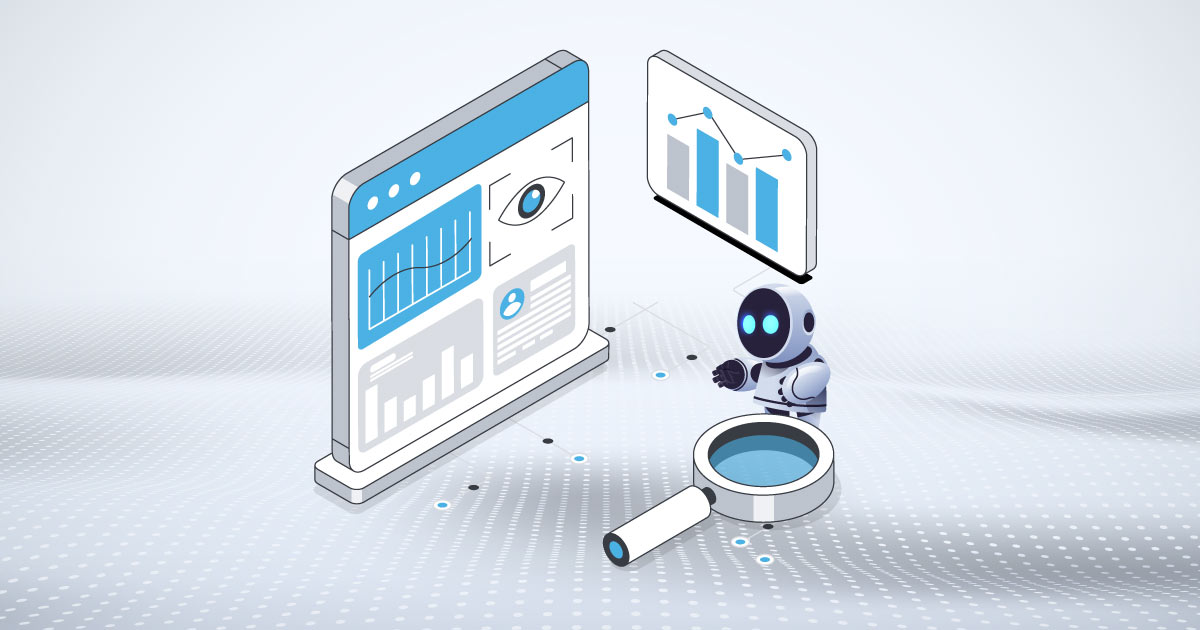Synthetic Monitoring: The Backbone of AI-Powered CX Reliability
Synthetic monitoring is becoming essential as brands scale conversational AI and omnichannel CX. From preventing outages to testing intent flows, learn how proactive testing safeguards trust in every interaction.
Topics
What to Read Next
- Xumo Introduces Advanced Identity Solution
- Viant Launches Outcomes: Fully Autonomous Open Internet Ad Product
- StackAdapt Launches In-Platform NPI Targeting & Measurement Capabilities
- OpenX Launches OpenXBuild for Real-Time Advertising Control
- MediaRadar Unveils Data Cloud for AI-Ready Marketing Intelligence

As enterprises embrace conversational AI, chatbots, and omnichannel automation, there’s one often-overlooked discipline holding it all together: synthetic monitoring. Without it, a single IVR failure or latency spike can derail millions of interactions undermining not just systems, but customer trust.
Yet many brands still rely on static alerts or manual checks, exposing critical blind spots. According to a Business Research Company report, global contact centre AI spend will surge from $17 billion in 2025 to nearly $50 billion by 2031, growing at a staggering 24.7% CAGR. As enterprise teams layer new AI services onto their stacks, they’re discovering that these advances demand a fresh approach to operational reliability. Reliability is the unsung hero of AI-powered customer experience.
UiPath’s recent strategy offers a powerful example. The company built an in-house synthetic monitoring system using Playwright and cloud-scale infrastructure, catching 80% of incidents before real users were affected. That preemptive approach, testing outside of business hours and at scale, has become mission-critical. The global synthetic monitoring market, currently valued at $1.4 billion in 2024, is projected to grow to $3.8 billion by 2033, signaling growing enterprise demand.
Scale Matters: Testing More Than Just a Few Paths
That said, not all monitoring solutions are equal. In large-scale environments, sporadic scripted tests leave dangerous gaps. This point is echoed by Vigneshwaran Jagadeesan, Technology Architect at Cognizant: “You need 50 to 100 synthetic calls daily across all business lines,” he stresses. It’s not optional but fundamental. And automation is the only way to achieve that scale without burning through resources.
Jagadeesan highlights three core pillars for modern synthetic monitoring:
- Continuous validation: Beyond release cycles, health checks run autonomously, catching errors in real time.
- Multichannel coverage: Voice, chat, messaging, and API interactions, all must be included in daily tests.
- Intent-based scripting: Especially in AI-driven systems, tests simulate real conversational patterns not rigid commands.
Measurable Gains for CX and Stability
This data-driven approach delivers measurable benefits: early identification of routing issues, latency spikes, or degraded speech analytics. It’s why forward-thinking CX teams measure IVR response times, AI response latency, and call quality not just for uptime, but for experience quality before a customer ever notices.
However, implementing this architecture is far from simple. Jagadeesan warns of two major challenges. First, designing synthetic test coverage at scale requires thoughtful testing logic and infrastructure to manage hundreds of calls daily. Second, compliance with PHI/PII regulations adds layers of complexity, test scripts must mask data, rotate credentials, and avoid privacy leaks.
Yet tools like Cyara Pulse 360 are helping close the gap; in Q2 2025, Cyara announced omnichannel synthetic monitoring across 150+ interaction points, with conversational AI capabilities baked in. The result? Faster detection of edge-latency, better IVR flows, and improved orchestration across bots, agents, and APIs.
For martech leaders, synthetic monitoring enables:
- Preempt disruptions, avoiding revenue hits and SLA breaches
- Validate new AI services, ensuring they work as marketed
- Measure performance proactively, so CX outcomes inform your dashboards
ALSO READ: The CX Problem Nobody Talks About—and How to Fix It
As CX tech stacks become smarter, they’re also becoming hidden minefields. Without automated, preemptive testing, AI agents, chatbots, and IVRs may perform well in demos but fail in the wild.
If a martech roadmap includes AI-enhanced CX, it needs to start with synthetics. Leaders need to Invest in autonomous, intent-based monitoring that runs daily, across channels. A focus on multichannel test orchestration, scalable scripting, and data masking capabilities can also go a long way. It’s advisable to engage IT and compliance teams early and make synthetic monitoring a joint KPI.
Because when AI fails, customers don’t care where the bug lives, they only feel the gap.
The Unsung Hero of CX Reliability
Synthetic monitoring isn’t a new concept. In fact, it’s been quietly running in the background of enterprise IT for years ensuring APIs respond, servers don’t crash, and apps don’t fail at login. But in the age of conversational AI and dynamic CX ecosystems, it’s finally getting its due.
This time, it’s not just about detecting outages. It’s about preserving trust in an era where customers interact across voice, messaging, apps, and bots often without ever speaking to a human. When those experiences fail, it’s not IT’s problem. It’s a brand problem.
“Synthetic monitoring is often underestimated because it’s not flashy,” says Jagadeesan. “But it’s the difference between proactive CX and firefighting.” And with the growing complexity of customer journeys, it might just be one of the most strategic martech investments your team can make in 2025.
ALSO READ: The Silent Loyalty Killer: Internal Misalignment Between CX and Operations









































































































